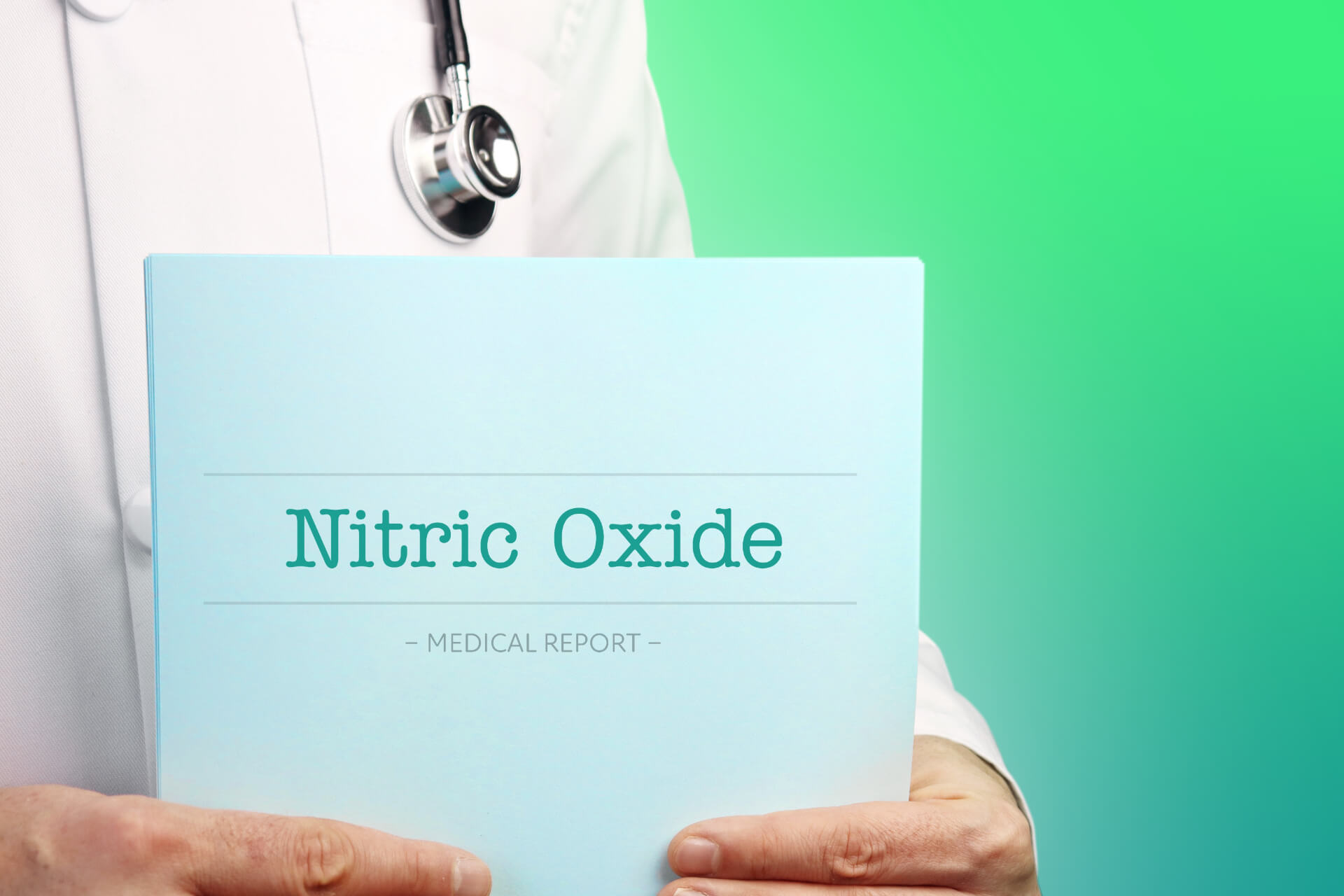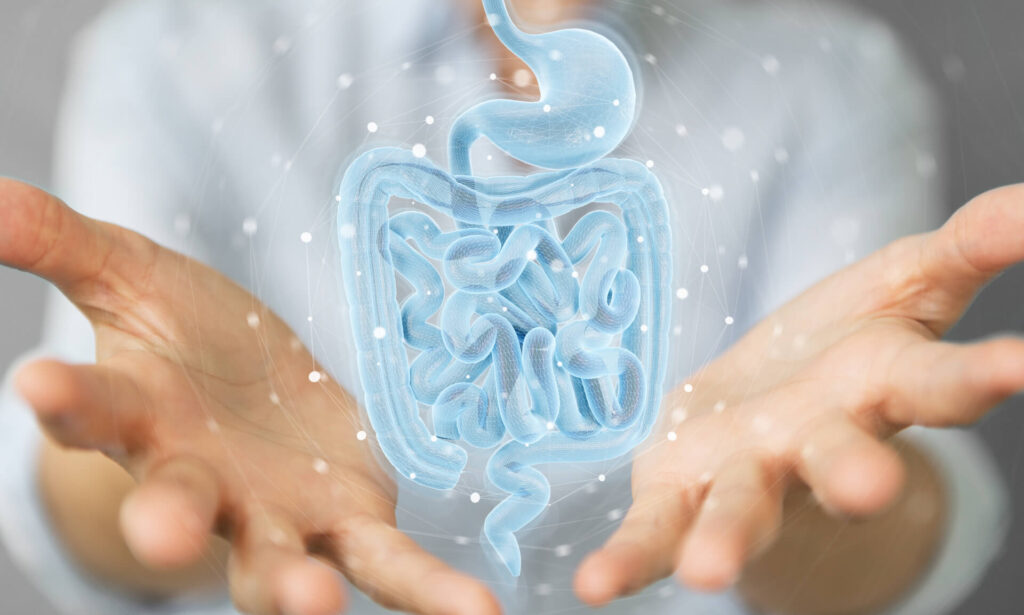How to Boost Nitric Oxide Levels Naturally
Did you know that nitric oxide (NO) is one of the most important anti-aging molecules in our body? This according to Nobel laureate Louis Ignarro who presented his work at the 2015 International Nutrition Conference
Unfortunately, this potent little gas molecule cannot be bought at the supermarket, your body must make it. More precisely, the inner lining of your blood vessels (the endothelium) must make it.
Whenever you exert yourself your heart responds by pumping harder and faster. That extra force, like blowing into a balloon, gets transmitted along your arteries causing them to stretch. This stretching triggers the release of NO.
Benefits of Nitric Oxide
Once released from the inner lining of your blood vessels, this miracle molecule begins its duties:
- It relaxes the muscles in your blood vessel causing them to dilate. The more dilated your blood vessels, the more blood can flow through . This explains NO’s role in decreasing blood pressure, preventing heart attacks and strokes and other diseases caused by narrowed blood vessels.
- It sweeps up any inflammatory substances cruising through your blood vessels, hence its potent anti-inflammatory properties.
- It improves brain memory and recall.
- It improves sexual function in men and women, in fact, penile erection depends on the release of nitric oxide
6 Ways To Boost Your Nitric Oxide Levels
1. Eat More Nitrate Rich Vegetables
Before the discovery of nitric oxide’s anti-aging properties, nitrate was something people thought they should avoid. Since then, extensive research has proven that nitrate is needed for optimal health as the body converts it to nitric oxide. Top nitrate rich vegetables include beets, beet leaves, the vibrant red spinach also known as the amaranth plant, broccoli, arugula, bok choy, celery, kale, swiss chard, green spinach and rhubarb.

2. Get more Antioxidants
Unfortunately, nitric oxide only sticks around for 4-6 hours. However, if you eat a bunch of plant antioxidants- the stuff that gives fruits and vegetables their rich colour- the antioxidants bind to the NO molecules making them stick around longer.
3. Be Active
Remember, whenever you exert yourself, your heart responds by pumping harder and faster. That extra force, like blowing into a balloon, gets transmitted along your arteries causing them to stretch. This stretching triggers the release of NO. So get your heart pumping.
Though not as effective as strenuous exercise, any muscle movement causes nitric oxide to be released by the blood vessels embedded in that muscle. So the bigger the muscles moved the more NO is released.

4. Keep your Microbiome Healthy
The salivary glands and oral bacteria play an essential role in the conversion process from nitrate (NO3–) and nitrite (NO2–) to nitric oxide (NO) in the human body. Keep your microbiome healthy especially the ones in your mouth. Antibacterial mouthwash, fluoride toothpaste, smoking and drinking can all damage your oral microbiome.
5. Soak up some Sun
Your skin contains large stores of nitrite and nitrate. When sunlight penetrates your skin it prompts the conversion of nitrate to nitrite and nitric oxide (NO).
Nitric oxide production by the sun is likely at the centre of why the incidence of cardiovascular disease, including strokes and heart attacks, is significantly higher in winter months.
6. Breath Through your Nose
Your sinuses and nasal passages contain the enzyme nitric oxide synthase (NOS). Breathing through the nose stimulates this enzyme to produce nitric oxide. In contrast, breathing through the mouth bypasses the nasal passages. Nostril breathing increases the release of Nitric Oxide up to 6-fold and increases oxygen intake up to 18% compared to mouth breathing.

Nitric Oxide Molecule of the year
Named molecule of the year in 1992 by Science magazine, nitric oxide is essential for a healthy life. Boosting your levels of this anti-aging molecule follows the same lifestyle formula as that for most health conditions: A diet rich in multicoloured vegetables, an active lifestyle, a healthy microbiome, and moderate sun exposure.



